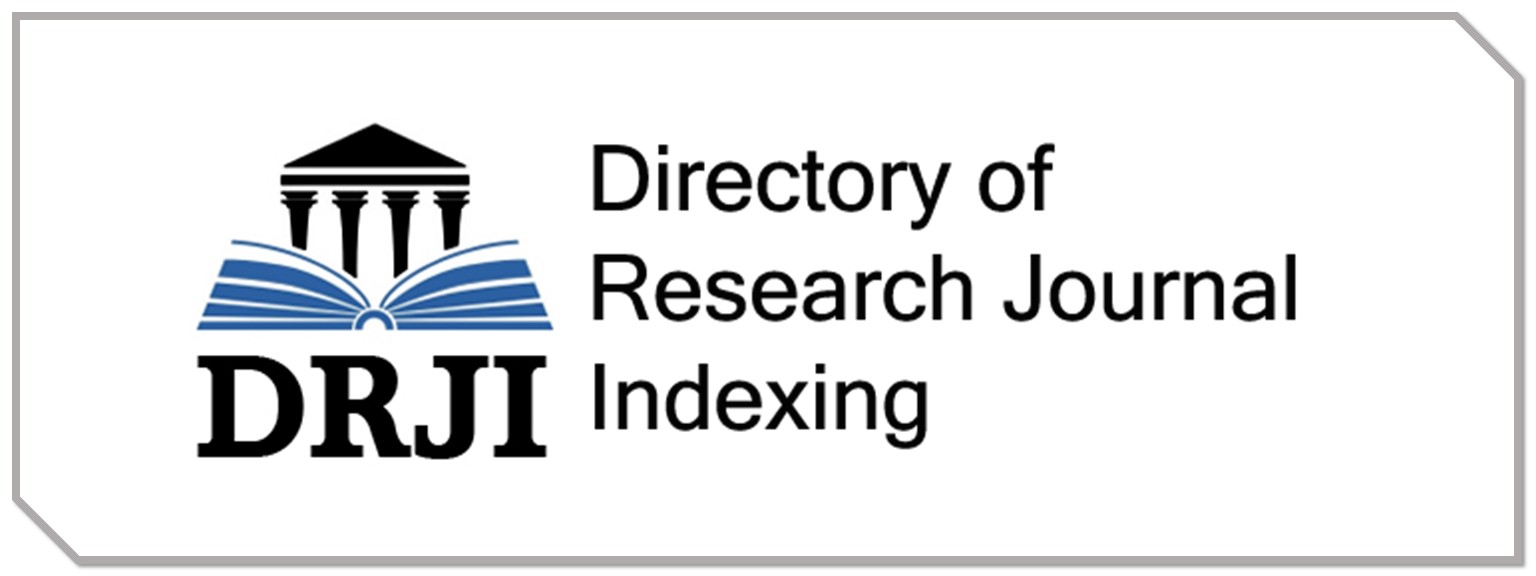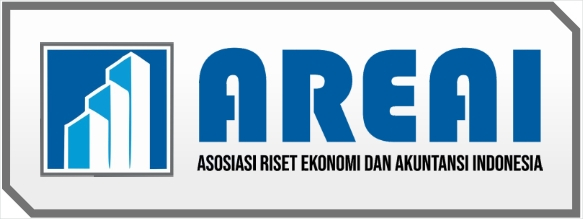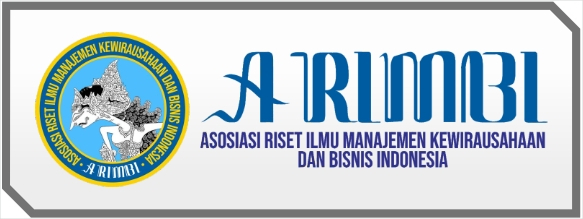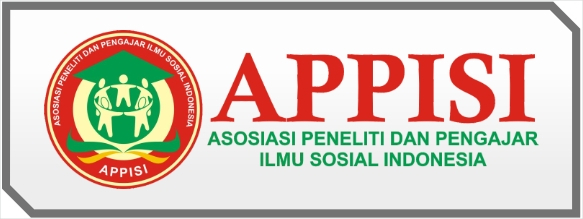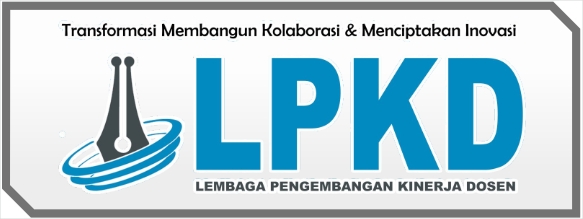Analisis Atribut Produk Wisata Sejarah Di Candi Tanjung Medan
DOI:
https://doi.org/10.55606/jempper.v3i1.2798Keywords:
Attributes, Tourism Products, HistoryAbstract
Indonesia is the largest archipelagic country in the world which has cultural diversity. The development of the tourism sector in Indonesia continues to be carried out in various regions until now, one of which is the Tanjung Medan Temple. This research aims to analyze the attributes of historical tourism products at Tanjung Medan Temple. This research uses a descriptive method with a qualitative approach, with data collection through interviews, observation and documentation. Using qualitative descriptive data analysis that describes the attributes of historical tourism products at Tanjung Medan Temple. Determining research informants used snowball sampling with a total of 11 informants, but if no conclusions were found, the researcher had the right to add further informants, with the criteria being figures from the Tourism Office, managers, ninik mamak, the community, visitors to the Tanjung Medan temple. The results of the research show that cultural products are in the form of movable cultural heritage in the form of linga yoni, peripih, and jars made of clay. The narrative product at Tanjung Medan Temple consists of a tour guide and interpretation panels. Tourist products consist of travel scenarios and product packaging. Destination products consist of main attractions, accommodation, transportation, restaurants, souvenir shops, infrastructure. It can be concluded that the results of the document study during pre-research show that there are no tourist packages available in West Sumatra which makes Tanjung Medan Temple one of the destinations for tourist visits. So it is necessary to develop historical tourism product attributes at Tanjung Medan Temple.
References
Astra, I Putu Gede Oka & I Wayan Suweca Darmaja . 2016 "Pengembangan Produk Wisata Sejarah di Desa Adat Kuta, Kabupaten Badung, Bali". Jurnal Pariwisata Vol 20 No 1: pp 68-82.
Aswandi. (2018). Pariwisata Sejarah: Memperkaya Wawasan Melalui Perjalanan Budaya. Penerbit PT Gramedia Pustaka Utama.
Brigitha et al. (2018). "Menguasai Pengetahuan dalam Pemandu Wisata: Tanggung Jawab dan Kewajiban." Jurnal Pariwisata, Vol. 10, No. 2.
Dal djoeni. (1987). "Pencarian Utama: Meningkatkan Taraf Hidup yang Layak." Jurnal Geografi, Vol. 5, No. 2.
Departemen Pariwisata Republik Indonesia. (2019). Pedoman Pengembangan Wisata Sejarah dan Warisan Budaya.
Geertz, C. (1973). The Interpretation of Cultures. New York: Basic Books.
Gottschalk, L. (2012). "The Meaning of History: A Critical Analysis of Authenticity and Interpretation." Journal of Historical Studies, Vol. 15, No. 2, 124-139.
Gustafsson et al. (2006). "Restoran sebagai Tempat Interaksi Sosial dan Kultural." Jurnal Kuliner, Vol. 9, No. 3.
Hardiana, R. (2018). Hubungan Kebersihan dengan Kesehatan Lingkungan. Jurnal Kesehatan Lingkungan, 10(2), 123-130.
Hastining. (2016). "Pentingnya Identifikasi Komunikasi dalam Warisan Tradisi Lisan." Jurnal Komunikasi, Vol. 10, No. 2, 156-169.
Hurit, Kamilus. (2017). "Alat Pendukung Pindah: Kesesuaian dengan Objek, Jarak, dan Maksud." Jurnal Logistik, Vol. 12, No. 1.
Kamus Besar Bahasa Indonesia. (2016). Jakarta: Pusat Bahasa.
Larimer. (1994). "Pondasi Pelayanan Pokok, Fasilitas, dan Institusi dalam Pertumbuhan dan Pembangunan." Jurnal Infrastruktur, Vol. 7, No. 1.
Mill dan Morrison. (1985). "Atraksi Wisata: Menarik Wisatawan untuk Berkunjung." Jurnal Pariwisata, Vol. 3, No. 4.
Muljadi, A.J. (2013), Kepariwisataan dan Perjalanan, Jakarta: Raja Grafindo Perkasa.
Mulyono. (2013). Peninggalan Sejarah sebagai Produk Wisata: Studi Kasus di Kota Yogyakarta. Jurnal Pariwisata.
Mulyono, Agus Riyanto Bambang & Wahyu Budi Prasetyo Nugroho . 2013 "Analisis Potensi Produk Wisata Sejara Kota Semarang". Jurnal Pariwisata Vol 16 No 1: pp 44-58.
Nuriata. (2014). Analisis Pengaruh Kualitas Produk, Kualitas Layanan, dan Citra Destinasi terhadap Kepuasan Wisatawan (Studi pada Wisatawan yang Berkunjung ke Kawasan Wisata Dieng Kabupaten Wonosobo). Jurnal Pariwisata, 19(2), 168-180.
Pelly, A. (1994). The Role of Values in Human Behavior. Journal of Personality and Social Psychology, 66(3), 598-615.
Piedmont, R. L. (2001). Spiritual transcendence as a predictor of psychosocial outcome from an outpatient substance abuse program. Psychology of Addictive Behaviors, 15(3), 235-238.
Porkola, P. (2017). "Performing Arts: Body, Space, and Time." Journal of Performing Arts, Vol. 9, No. 3, 245-260.
Suhardono. (1994). "Peran Individu dalam Pergaulan Hidup: Penentu Tindakan dan Kesempatan dalam Masyarakat." Jurnal Sosial, Vol. 8, No. 2.
Suryana. (2011). "Kerukunan Beragama dalam Perspektif Agama-agama di Indonesia." Jurnal Studi Islam, Vol. 8, No. 2, 183-198.
Yoeti. (2002). "Komponen Produk Pariwisata: Sumber Daya, Fasilitas, dan Transportasi." Jurnal Pariwisata Indonesia, Vol. 6, No. 4.
Zusnani. (2013). Faktor-Faktor yang Memengaruhi Motivasi Belajar Siswa di Sekolah Dasar. Jurnal Pendidikan Dasar, 14(1), 53-61.








